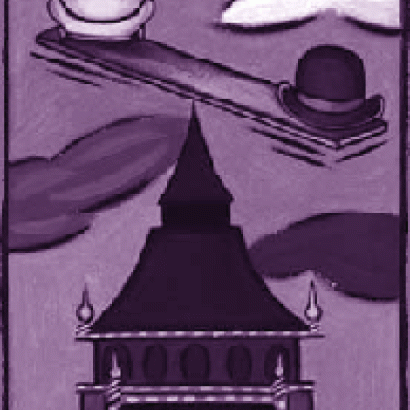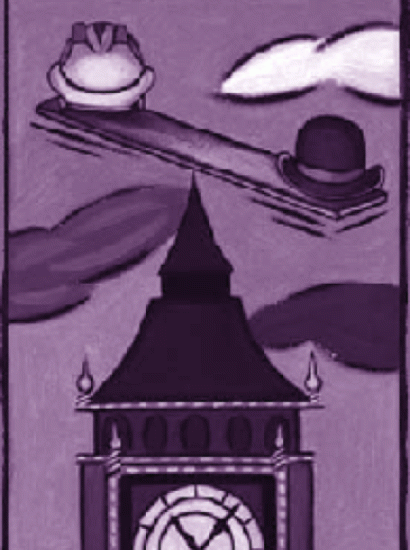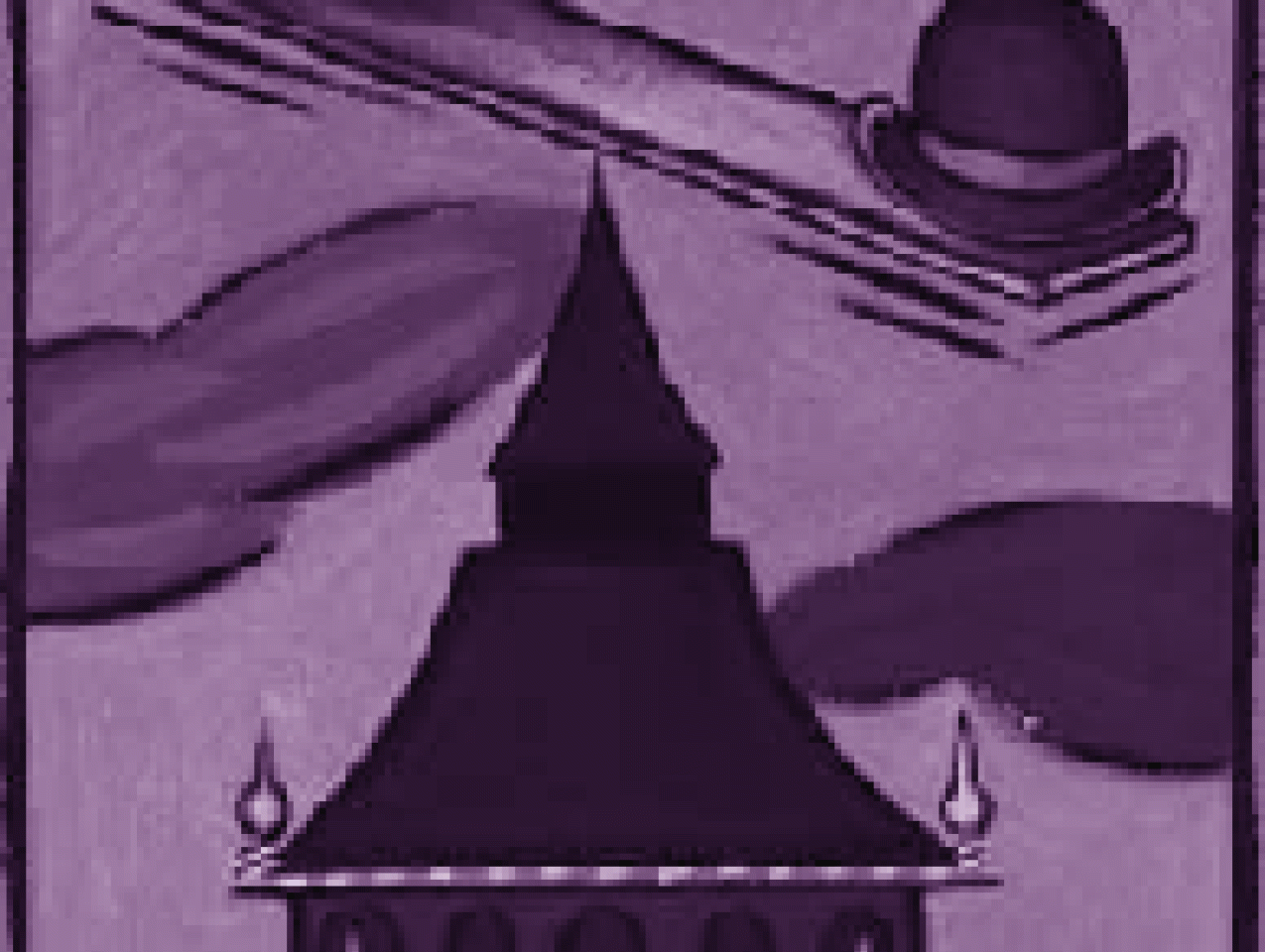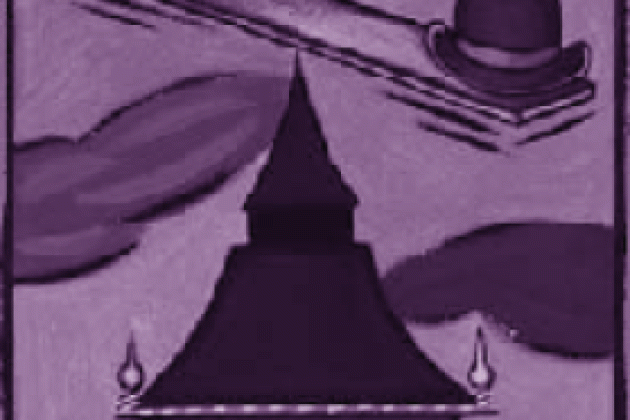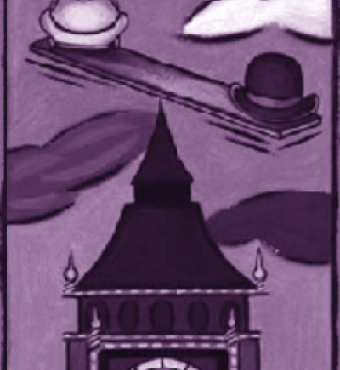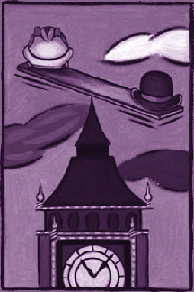- International Affairs
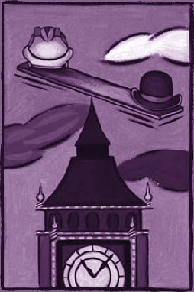
The concise explanation of the results of the May 1997 British election is that the Conservative government lost because simply it had been in power too long. The electorate wanted a change. The Labour Party had reformed its policies, organization, and leadership sufficiently to be an attractive alternative.
That said, the question remains: why would the British electorate toss out the Conservative Party during good economic times? The answer is that the economy gave the electorate the luxury to give vent to other concerns. Also, the Conservative government's fourth straight term of office was a political mess: badly led, disunited, sleazy, and generally "un-Conservative."
At the same time, the Labour Party had come to resemble what the Conservatives had once seemed to be. It had a strong and decisive leader; it had adopted Mrs. Thatcher's economic revolution in the main; it was united and untainted by scandal. In sum there was nearly a role reversal. The Conservatives looked as inept as Labour had a decade before, and Labour now acted with the confidence that the Conservatives used to display.
Conservative Decadence
The seeds for the Conservatives' rout in 1997 were sown by an unexpected and, perhaps, oddly, unfortunate victory in 1992. The Conservatives won that year when they and almost every observer expected them to lose. The electorate in 1992 clearly blamed the Conservative government for the serious recession that was then plaguing Britain, and winning in that context was against the traditional political wisdom that governments in economic trouble tend to lose. But the electorate was too afraid of Labour to trust it to restore economic prosperity. Given the electorate's memories of the chaos of the late seventies, Labour still seemed too socialist, too poorly led, and too unreliable. So the Conservatives stayed on--even though it was widely believed it was time for a change.
That mood pervaded even the Conservative leadership. Although pleased at winning in 1992, some senior leaders worried that a fourth straight term in a democratic system would stretch the party too far. Tired and out of ideas, they had already worked their way far down the list of capable leaders. They also worried that, in a fourth straight term of office, they would not be able to count on the discipline and unity that were cornerstones of Conservative government.
As it turned out these concerns were valid. The Conservative fourth term, although ultimately an economic success, was a disaster for the party.
Everything went wrong from the beginning. The initial trouble came, ironically, from the economy. Britain was suffering a recession, and a disastrous run on the pound sterling forced the Conservative government into a humiliating withdrawal from the European Exchange Rate Mechanism (ERM), which was tied to Europe's lead currency, the German deutsche mark. Even though Britain would go on to develop one of the strongest economies in Europe, withdrawing from the ERM signaled that the Conservative government was not as competent and assured in its economic and monetary policies as the electorate believed. It was as if the Conservative government's props for its 1992 election miracle had been kicked away. From then on, even in the midst of prosperity, the Conservatives struggled.

The defeat seemed to trigger both an endless series of scandals and a bitter divide within the party about Britain's role in Europe. The inability of the Conservatives' leader, Prime Minister John Major, to put an end to either problem created the impression that he was a weak and indecisive leader. This was particularly damaging in light of the inevitable comparison with his powerful predecessor, Mrs. Thatcher.
On what came to be called the sleaze side, Conservative members of Parliament, including many ministers, fell victim to the media appetite for tabloid journalism. Month after month, story after story rivaled all the scandal emerging from the royal family and created the notion that the Conservatives were a corrupt and decaying lot of disreputable politicians who had stayed in office far too long.
At the same time, the ERM debacle accelerated the Conservatives' self-destructive argument over Britain's relationship with Europe. The Maastricht Agreement in late 1991 had set off a row within the Conservative Party the likes of which had not been seen for decades. Slowly but surely the small band of those who opposed the further integration of Britain in Europe made their impact. Whether Britain would give up the pound sterling for the "euro" currency became the main point on which the Conservatives fractured. The spectacle of Conservatives sniping at one another and behaving disrespectfully toward their suffering prime minister, John Major, who tried vainly to close the wounds, cost the party enormously. It became clear in public opinion polls as much as two years ago that the electorate wanted new leadership.
In their fourth straight term of office, in sum, the Conservatives just did not look like Conservatives. The party was uncharacteristically disunited, plagued by scandal and sleaze, and led by a weak leader.
Labour Rebirth

On the Labour side the shock and dismay over the 1992 election gradually gave way to an optimism that John Major's unrelieved misery represented an opportunity. The sudden death of John Smith, who had succeeded the defeated Neil Kinnock as leader of the Labour Party, and the election of the youthful Tony Blair, with impressive personal leadership skills and a solid right-wing Labour background, gave Labour its decisive competitive edge. Blair seized the leadership opportunity, pressing to revamp Labour's traditional commitments to socialism and collectivist politics and limiting the influence of pressure groups, particularly unions.
Nearly two years ago, therefore, the scenario that led to the Labour landslide was well in place. Opinion polls showed a consistently large Labour lead, which, with careful strategic and tactical campaigning, it held until the last--even though its leaders, including Blair himself, could hardly believe the magnitude of their success.
What Mrs. Thatcher Wrought
At the heart of Labour's victory, however, lay a surprising figure: Margaret Thatcher. It became obvious to Labour leaders from Kinnock to Smith to Blair that the ideas and policies of Mrs. Thatcher were winners. The recovery of the British economy and renewed political stability, confirmed by huge Conservative victories in the 1983 and 1987 elections, demonstrated that if Labour wanted to win it would have to seize on the Conservatives' example. The problem was to get the Labour Party to reform itself sufficiently, then convince the electorate that Labour could be taken seriously as a safe and competent alternative to the Conservatives.
Under Tony Blair, Labour did indeed reform itself and convinced the electorate that it had done so. The Conservative Party failed to respond, merely complaining that Labour was stealing its program.
The resounding Labour victory in Britain is thus testimony to two political processes: The first is the natural aging and decline of governments and political parties that are long in office. The other is the process whereby the opposition, hungry to return to power, constructs the most attractive package of ideas and leaders it can muster--even copying the ideas and tactics of its hated opponent. These two processes caused Labour to look like the Conservatives and the Conservatives to look unlike themselves.
Labour won, big. But who won biggest? Mrs. Thatcher. In reforming the Labour Party Tony Blair accepted most of her policies. Instead of seeing her free market philosophy repudiated after a run of eighteen years, Mrs. Thatcher saw it acclaimed, yet again.








